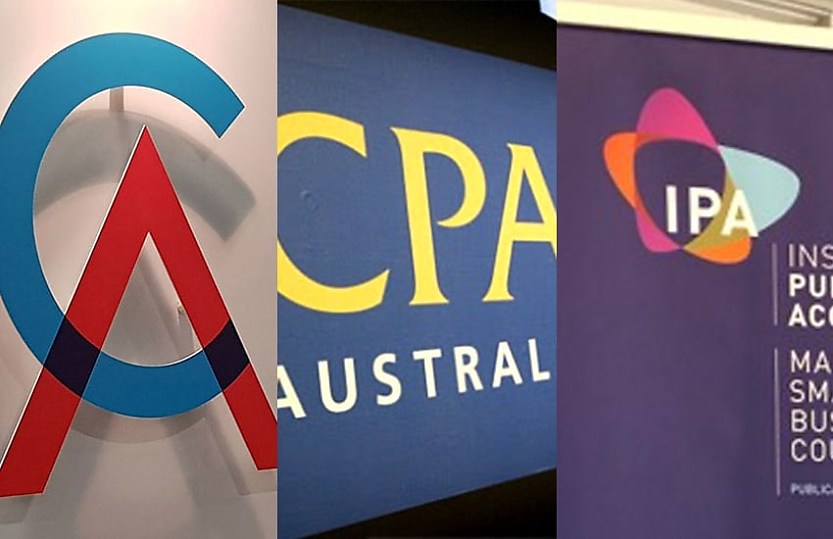Joint bodies reject government’s ‘two-tiered’ approach to NALE reforms

The government has been told to scrap its amendments to the non-arm’s length expense rules with numerous industry associations raising concerns about the creation of a dual tax regime.
Industry associations have rejected proposed measures by the government in relation to the non-arm’s length income (NALI) provisions and the NALE framework and called for the removal of the Treasury Laws Amendment (Support for Small Business and Charities and Other Measures) Bill 2023.
Chartered Accountants Australia and New Zealand, CPA Australia, the Institute of Public Accountants, the SMSF Association, the Tax Institute and the Financial Advice Association Australia have opposed the government’s proposed reforms in a joint submission.
The joint bodies said the bill will result in a “two-tiered superannuation system” with the provisions applying to SMSFs and SAFs while creating an exemption for large APRA-regulated funds.
“Exempting large APRA-regulated superannuation funds in relation to general and specific expenses within the NALI/E regime creates a dual tax regime, thereby entirely separating the treatment of different types of superannuation funds,” the submission said.
“This differential treatment raises concerns, particularly since the trustees of all superannuation funds are held to the same standard regarding legal obligations, such as the statutory best financial interests duty, common law fiduciary duties, and the sole purpose test, making the inconsistency in treatment questionable. We do not endorse the unnecessary, disparate treatment of superannuation funds.”
The joint bodies said the government should instead appeal the amendments made to section 295-550 of the ITAA97 that were made in 2019 and reinstate the legislative provisions that applied previously.
The submission said this solution would be fairer and more practical and represents “a superior approach compared to establishing a differentiated tax treatment for various types of superannuation funds”.
“Any remaining concerns about non-arm’s length arrangements in any superannuation fund can be handled by the ATO and the superannuation sector in accordance with the current version of ATO Taxation Ruling TR 2010/1, which uses the contributions framework to address such breaches,” the submission said.
“If the government deems it necessary, amendments to section 109 of the Superannuation Industry (Supervision) Act 1993 (SISA), which already prohibits trustees from engaging in transactions with any party unless they are conducted on arm’s length terms, could offer additional safeguards.”
The submission also noted that the Bill does not contain provisions to enable funds that are deemed to have NALI due to honest mistakes or similar reasons to correct the situation.
“This is in sharp contrast to the corrective options available to manage loans made by private companies in Division 7A of Part III of the Income Tax Assessment Act 1936 (ITAA36), as well as under various provisions in the SISA, particularly those addressing the in-house assets restrictions,” the submission said.
“In our view, the current NALI tax rate is excessively harsh and does not offer a fair avenue for trustees genuinely seeking to rectify their unintentional mistakes or inadvertent errors.”
The joint bodies said the proposed legislative measures should contain a mechanism to enable remediation of honest mistakes and inadvertent errors that may otherwise attract the NALI/E provisions.
Capital gains tax issues
The submission also said that the bill and exposure draft fail to illustrate how the new laws will impact capital gains tax (CGT).
“There continues to be substantial unease within the superannuation sector since the release of ATO Law Companion Ruling LCR 2021/2. This ruling presents examples where specific NALE can affect the tax treatment of CGT assets in the future, including the income generated from these assets, as well as future capital gains upon their disposal,” the submission explained.
“From our perspective, the conclusions drawn in several examples in LCR 2021/2 extend well beyond what might be considered a reasonable connection with the initial expense for tax purposes.”
The submission said the conclusions reached in the ruling also extend beyond what the eventual reduction in intrinsic value resulting from the expense (for accounting and/or valuation purposes) would indicate.
The submission said the Draft TD provides outcomes that arise because of section 102-5 of the ITAA97, which produces a single amount of statutory income, being the net capital gain.
“This provision works effectively for individual and corporate taxpayers who need to calculate a single amount of statutory income to include in their assessable income and which is taxed at either marginal tax rates, in the case of an individual, or a flat corporate tax rate, in the case of a company,” it said.
“However, superannuation funds face three possible tax rates – 0 per cent for exempt current pension assets, 15 per cent for non-pension assets and 45 per cent for any NALI/E income.
The submission said the inability to disaggregate the net capital gain calculated under the method statement in section 102-5 of the ITAA97 interacts awkwardly with the operation of subsection 295-550(1) of the ITAA97 which is designed to identify NALI amounts and subject them to a higher rate of tax.
“The effect of statutory income being used for the purposes of section 295-550 is that arm’s length capital gains are aggregated with non-arm’s length capital gains in calculating the net capital gain under section 102-5 of the ITAA97,” it said.
“This results in arm’s-length capital gains forming part of the non-arm’s length component. This is a disproportionate outcome and unfairly taxes arm’s length capital gains at a penal rate.
The joint bodies said section 102-5 of the ITAA97 appropriately applies to segregated and proportional pension assets because of the operation of Subdivision 295-F of the ITAA97.
“A similar approach needs to apply to NALI/E capital gains,” it said.
“If Parliament proceeds with amendments to section 295-550 of the ITAA97, then changes must also be concurrently made to the CGT provisions.”
About the author

